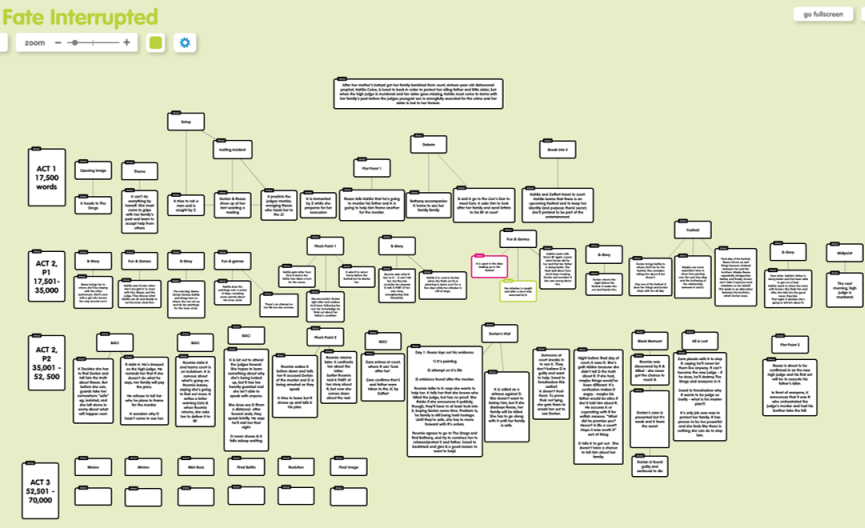Hello Fellow Writers. :) Today was my day to blog--I knew it in advance, set an alarm on my phone, circled it on a calendar (so primitive of me!) and yet still, despite having the best of intentions, I ran out of time. I know all of you totally understand how the balance of work work, writing work, and life can get the best of us. Throw in there a few doc visits for some sick kiddos and suddenly you're unable to meet a deadline.
So I hope you'll forgive me for recycling an old post. This was one of my first for RW and one of my favorites since it still applies. Enjoy and thanks so much for reading. :)
******************************
So you’ve finished your book, ran it through your critique group (or groups) edited, edited, edited, sent it to a handful of Beta Readers, edited it again and now you’re finally ready to get that book to a publisher. Time to celebrate, right?
So I hope you'll forgive me for recycling an old post. This was one of my first for RW and one of my favorites since it still applies. Enjoy and thanks so much for reading. :)
******************************
So you’ve finished your book, ran it through your critique group (or groups) edited, edited, edited, sent it to a handful of Beta Readers, edited it again and now you’re finally ready to get that book to a publisher. Time to celebrate, right?
Wait! Stop the confetti toss -- there are several more steps. Okay, sure, take a minute to be proud of yourself. Eat a Twinkie. Play ‘Crazy Train’ on your air guitar. Sing ‘I am the Champion’ at the top of your lungs. You completed a book. WOOT! WOOT! Someone once told me that only a small percentage of persons who start a book ever finish it. I’m not sure how true that is, but it’s nice to think that I’ve accomplished something special. A few times actually… But my other manuscripts gathering dust were great opportunities to develop my skills, right??
For any of us who’ve decided to get our books traditionally published, we know what’s next. Oh yes. I’m talking about catching the attention of an awesome literary agent, an amazing cheerleader-negotiator-guidance counselor-editor-marketing guru who’ll love our words as much as we do. But in order to catch the attention of an agent, we first must enter *cue evil music* the dreaded Query Zone.
Don’t misunderstand. Literary agents aren’t evil. Actually, every agent I’ve encountered either formally (SCBWI conferences) or informally (Twitter, rejection emails/letters, blog posts) have all been polite and professional. And I’d go a step farther and say they have even been pretty dang nice! Not yet have I met one with a set of horns, spear-ended tail or split tongue.
I know, I know -- when I decided to write a book I was supposed to slap myself around for a good year or two to develop that thick skin.*picture Arnold Schwarzenegger – I eat green berets for breakfast!* Because writers trying to break into the ‘biz’ should know that rejections are just part of the cycle…
Yes, of course, rejections are part of the process. But the truth? No matter how cool I want to appear to fellow writers and family (you know what I’m talking about -- that brush off the shoulder – oh yea, I eat rejections for breakfast!). The truth is rejections hurt. There I’ve said it – in front of everyone. They HURT dang it!!
*jumping down from soapbox* Since I’m revealing everything, let me go a step farther and admit that not only do rejections hurt, but I’ve actually developed different levels of rejectionitis.
A rejection from a query – a twinge of discomfort deep in my belly.
A rejection from a query, synopsis and sample pages - heaviness in the abdomen.
A rejection from a partial – moderate, lingering discomfort in the chest and a burning sensation on the back of my neck (I know weird, right? Last time my husband almost dialed 911)
And finally, a rejection from a full – all the above plus nauseous sometimes with or without vomiting.
Okay, so I could go on and on, but enough whining. I've actually found ways for dealing with rejectionitis.
Clown Around: Laughter really is good for the soul and I can often find the humor in pretty much anything. In truth, though, clowns kinda freak me out.
The Rotation: Send out a new query every time a rejection comes in. I researched and found fifty agents I thought might be a good fit for my book and notated them in Query Tracker. Then I sent out ten queries. Every time a rejection comes in, I send a new query out to the next agent on my list. It feels good to know that even though an agent has passed there’s another who might feel that special connection with my story. (Did you know in Twitter and Tumblr there is a Manuscript Wish List? Check it out #MSWL)
Go West Side Story: Reach out to your posse – your fellow writers who have been there. It’s nice to remember you’re not alone. *When you’re a Jet, you’re a Jet all the way*
Get Possessed: Jump into a new story. There’s something therapeutic about making up new worlds and throwing yourself into them. Into the story that is – not the pits of hell.
Of course, when you query, it’s important to follow the rules. Spend time researching the agents to make sure they handle what you’ve written and personalize your message to them.












